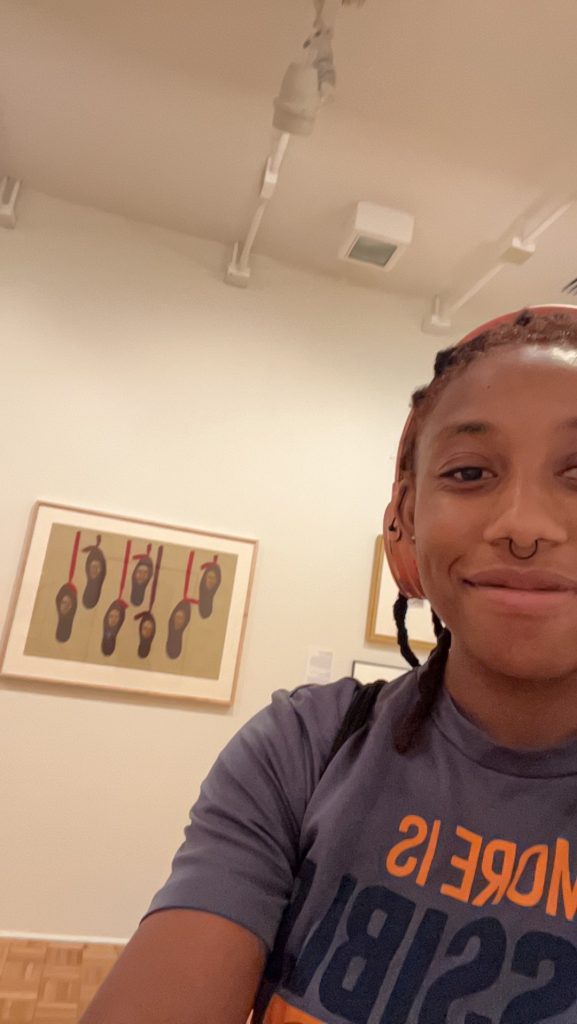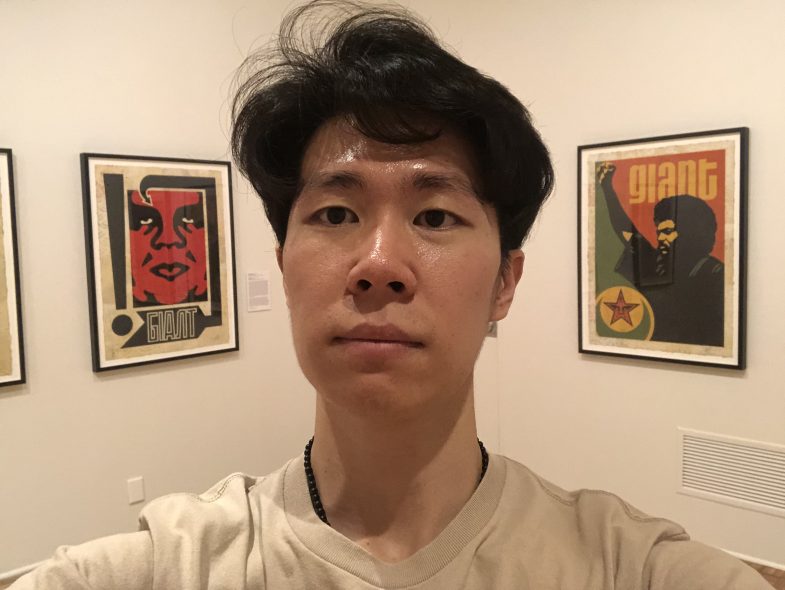After watching the film, I have a deeper appreciation and understanding of the deep history that revolves around the Radiolarian. The Radiolarian is a one celled organism that is found at the bottom of the sea. It has a skeletal and glace-like structure: made up of shells that form from absorbing silica from the ocean’s water. Out of the more than 15,000 known species of radiolarians, 5000 were discovered by Ernest Haeckel. Haeckel was a Biologist and artist who spent his life trying to merge the gap between art and science. His work specifically on the aspect of “art forms in nature” is what interested me most. This is because of his intricate use of patterns and structures that he defined as evolutionary art. Specifically, he grew extremely fond of the Radiolarian as he believed this creature embodied the unity he’d been searching for. He continued to dedicate his life to the research and discovery of Radiolarians for ten years. Through his research, he developed ideas and theories of evolution. Later he was recognized as a major figure in the history of evolutionary theory. After his intense research, he began to travel around the world to talk about his findings and his theories on evolution. With this sharing of ideas came a lot of criticism and backlash and his work became heavily controversial. The one I found to be the most interesting were the comments to do with his theory on race. In Haeckel’s theory, he defined phylogeny (the development of an organism) and ontogeny (the evolution of an organism) as one in the same. He created a racial anthropology to explain how different people evolved from different organisms, therefore creating a racial hierarchy. Although there was less integration of cultures worldwide in this time period, his thought process was inherently racist and even was used to reinforce the German thought process in World War Two. I also found it interesting that his peer Nikolai Nikolajewitsch Miklucho-Maclay, whom he studied with closely for many years, had a completely different view on race and evolution. Maclay’s in fact is viewed as very progressive for the time. Overall, the history of the Radiolarian and those who studied it was way more interesting than I thought it would be. It affects more aspects of history than I expected it too and is a really crucial part of a lot of different scientific histories.
Month: August 2023
Proteus Film- Jason Savas
Proteus Movie Reflection – Anna Barrios
One thing I learned about radiolarians is that there are over 4,000 different types of them. There seem to be too many to fully understand, so it was interesting when they never really stopped discovering more. I also thought the aspect of Haeckel’s life that interested me most was his sudden change and fascination with art and painting. He hadn’t dedicated any of his life previously to painting, but after moving to study marine life, he painted landscapes for the rest of his life, and at points wanted to abandon science to devote his life to art. This film made me think differently about the relationship between art and science because you can find art in almost all things related to science, such as in these radiolarians. I think one issue mentioned in his work was that there was no separation between God, spirit, and nature. I don’t think it was wrong of him to believe this, but I think that he may have been wrong in being so firm on this belief, especially today when fewer people have devoted their lives to God. I think creating these radiolarians, will allow us to have a better understanding of the type of nature out there, and how it can be so unique, such as these that all look different.
Katie Pombar- Proteus film response
This film talked a lot about radiolarians and their discovery and existence of them. Prior to this I did not really know what they were so this educated me a lot about them and how Haeckel and other historians developed and researched them. During his educational years his father wanted him to finish school and at 25 he was full of discoveries. When he first met poets and artists, he discovered a love for landscape painting and learned a lot about himself. He considered abandoning science for art which was very surprising. He did a lot of studying with shells, and he devoted himself for 10 years toward a task chasing ancestries and had identified more than three thousand new species. All art, history, and science do relate a lot and have developed and discovered many things within each other. One thing that I found the most interesting was his interest in painting landscapes and his obsession with painting rocks. I think based on his drawings and looping this into his discoveries, what can be drawn from creating these sculptures are the specifics in graphic precision and shading and the number of details in some of them are very crucial.
Proteus Video Response – Isabel Byrnes
This film greatly expanded my knowledge on radiolarians. I learned that they are a type of plankton that absorbs silica from sea water and uses it to form a unique glass-like skeleton. I found it interesting how these organisms are more than five million years old and there are thousands of different species. I also learned that they exist in a large variety of forms and they all have different structures. I thought it was interesting how Haeckel was always interested in biology and went to medical school, but he decided to follow through with his passion for nature and single-celled organisms. It is also interesting how he spent ten years studying specimens of radiolarians and found three thousand new species. The fact that he sometimes had to search one thousand droplets of water before he would find a new organism and he had to draw their structure fast because they would die quickly is incredible. I admire his dedication to his work and patience. This film made me recognize how art and science are connected in many ways. Haeckel was a passionate painter as well as a scientist and he continued painting landscapes while also studying new organisms. This shows how nature is present in both art and science and can show and prove similar things. Ancient stories such as the Rhyme of the Ancient Mariner are connected to the discovery of new life and traveling the world, similar to how scientists on the Challenger explored the deep sea and found marine organisms on their cables. I thought it was interesting how Haeckel expressed how there is one spirit in all living things and how he explained how his organisms were connected to God. Many people of the time did not agree with him because he rejected revelation and theological faith. Since the 19th century was a time of many new and different discoveries, peoples’ religions and faiths were challenged by science and many issues between science and religion were faced. I think the conceptual implications of creating radiolarian sculptures based on Haeckel’s drawings are that we are honoring his life and work, as well as discovering the new species he found and studied in his lifetime. He made a significant contribution to the worlds of art and science and his life, history, and connection to God and nature all played a role in his discoveries.
Lintao Ma – artXpose #2
Lintao Ma – artXpose #1
Naomi Malone at Facing the Giant – 3 Decades of Dissent: Shepard Fairey (ArtsXpose 1)
Title of Event: Facing the Giant – 3 Decades of Dissent: Shepard Fairey
Date & Time of Event: Thursday August 24th 7 pm
Location of Event: Samek Art Gallery
Type of event: Reception
Additional Comment: In addition to Shepard Fairey’s work being showcased, artists like Alison Saar also had work on display. One of her pieces can be seen below.

Lost Boys by Alison Saar
Untitled
fall 2022 course materials and contact info
Course Materials
{ 1668# is the Sculpture Lab keypad code }
General course materials:
* Class Schedule * (lists due dates and class activities)
How to post materials on the class website
Instructions for submitting artsXpose
Sculpture Lab Safety Regulations
Art Report example and guidelines
Artist Presentation Guidelines
Project 1
Grading Rubric and Self-Evaluation Form for Project 1
Project 2
Project 2 Outline and Research Assignments (self-portrait)
Project 3
Project 3 Outline (Animal Intelligence)
Project 4
Project 5
Project 5 outline (Performative sculptures and earthworks)
Student contact info


